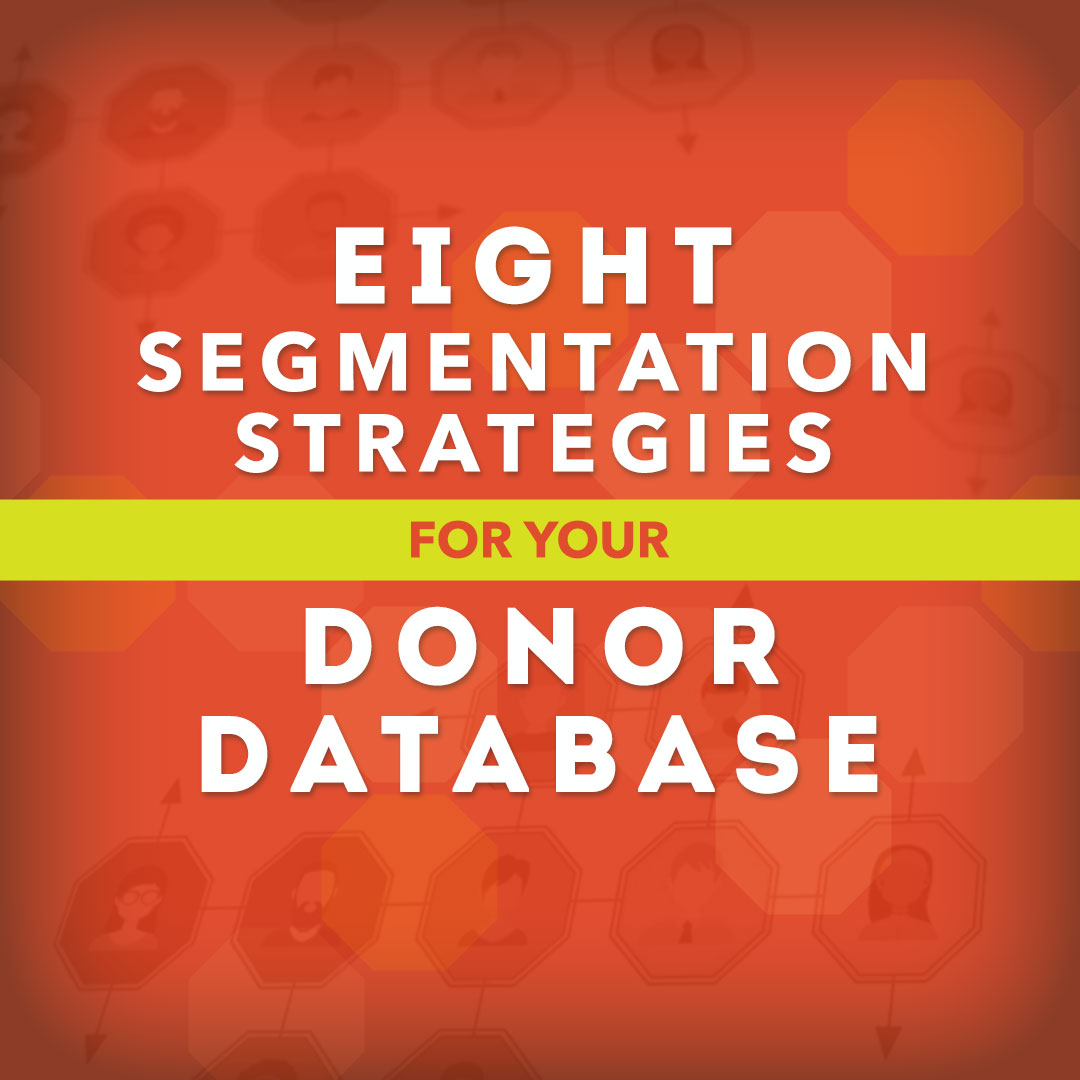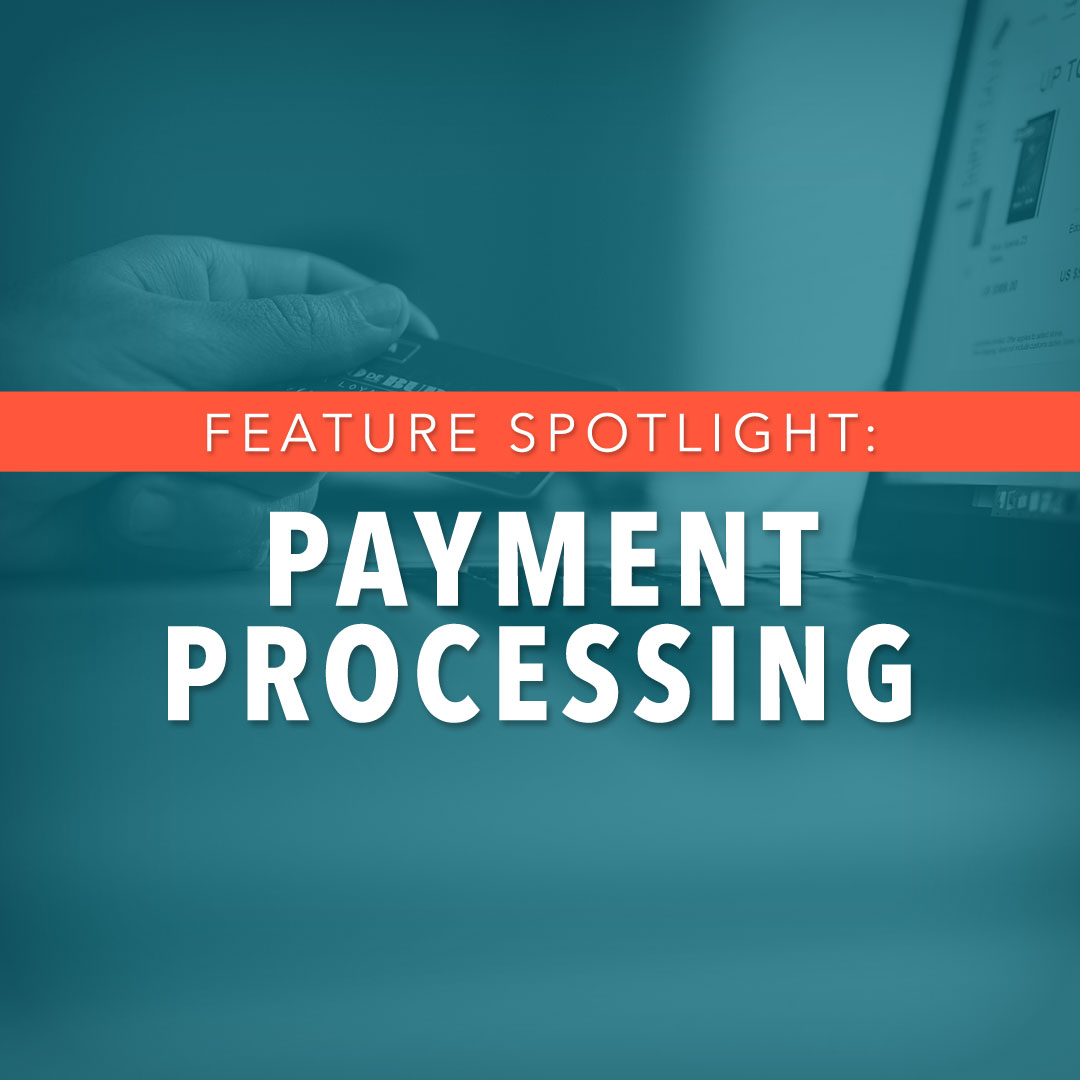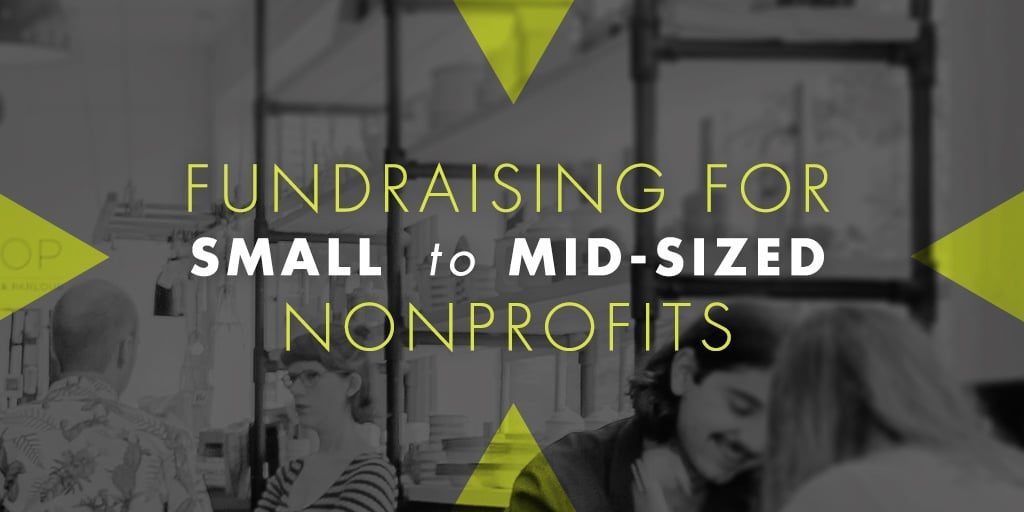You don’t have to be a multi-million dollar organization to have an amazing donor development program. Because of smaller budgets and fewer constituents, a small or mid-sized organization’s fundraising efforts can look different from those of a larger organization. Both advantages and disadvantages exist for smaller or mid-sized nonprofits when it comes to fundraising and donor development.
Advantages: Most likely, you know your donors individually and have developed solid relationships with them; you’re able to communicate fairly efficiently and effectively; and you’re able to offer more personal thank yous to show your appreciation for their help.
Disadvantages: You have a smaller staff, fewer resources, and less money to devote to donor acquisition and development.
Successful Fundraising Tips for Smaller Organizations
Fundraising for smaller organizations can still be successful and should be able to capitalize on the advantages and mitigate the disadvantages. These tips will help make your ongoing donor development program stronger and ultimately, grow your database.
- Build relationships. Get laser-focused on nurturing the relationships you have. As a smaller organization, personal relationships between staff and donors are one of your greatest assets. Talk to your supporters on a regular basis. Send emails, newsletters, and ask for their opinions and input. Survey them to find out who they are, how they prefer to receive communication, and how they best like to serve. Use their input to make change, and thank them for their participation. Send them updates and stories about the work you are doing. Thank them with special hand-written notes and remember their birthdays with a card.
Keep your communication mostly “non-ask;” save your specific requests for donations for your next campaign or pledge drive. Be intentional about getting to know your supporters with your communication efforts.
- And build relationships some more. You’ll want to focus on making new connections, too. Hold non-fundraising events, simply to meet new people with similar interests who may want to help you. Network through groups, clubs, or churches in your area to make presentations or host an information booth at their next event. Find organizations in your area that are specifically designed for networking among nonprofit leaders or other professionals in your business sector.
Encourage your supporters to fundraise on your behalf. They can hold some type of challenge event (such as a walk or run), raise money for a specific event, or host a bake sale. The possibilities are endless when you equip your supporters to fundraise for you. Make sure you provide them with plenty of informational tools to promote your event, and make sure you follow up with those new donors your supporters helped recruit for you.
- Get the right software tools from the outset. A comprehensive software tool is vital to a small or mid-sized nonprofit’s fundraising efforts. Donor.com provides a first-in-class donor development program that will take care of all the details of fundraising so that you and your staff can focus on relationship-building.
Basic fundraising tasks are automated, which means you get more done even with a small staff. Investing in a good management system in the early stages of your organization is wise as it helps you as you grow, and you won’t have to go back to clean up data once your organization is large. Donor.com is very affordable and a one-stop shop, giving small organizations all the big features they need at a low price.
Fundraising and donor development for small to mid-sized organizations don’t have to be hard. When smaller nonprofits concentrate on using their assets to reach and keep donors, they’ll discover fundraising success.


-1.jpg)







